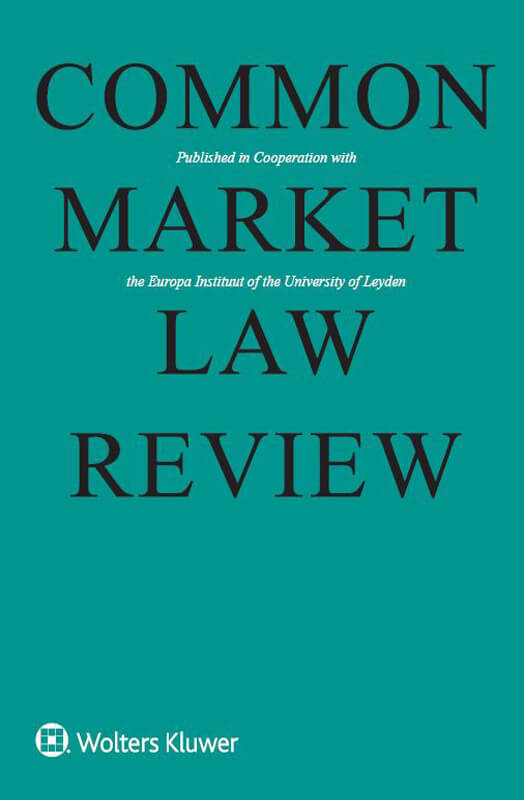Home > All journals > Common Market Law Review > 49(4) >

$25.00 - Rental (PDF) *
$49.00 - Article (PDF) *
Stephen Weatherill
Common Market Law Review
Volume 49, Issue 4 (2012) pp. 1279 – 1317
https://doi.org/10.54648/cola2012065
Abstract
Directive 2011/83 on consumer rights is a case of misleading advertising. Despite its grand title, it is little more than an up-dating of the Directives on doorstep and distant selling which also re-casts them as measures of maximum, not minimum, harmonization. The real interest lies in why the Directive is such a mouse. And this story tells of political resistance to the Commission's original plan to convert also the far more significant Directives on unfair terms and consumer sales to the maximum model. This vertical shift in regulatory responsibility, driven by an aggressive rhetoric of improving "coherence" in harmonized EU contract law, was firmly rejected, with the result that the finally adopted text is stripped of any depth of ambition. Consequently Directive 2011/83 on consumer rights is not without interest for its choice of detailed regulatory technique, explored in this paper, which focuses on pre-contractual information disclosure, post-agreement rights of withdrawal and limited aspects of contractual performance. But much more so, it reveals the contested heart of the EU's internal market project - coherence achieved by suppression of national regulatory competence (unity) or preservation of regulatory experimentation and local autonomy (diversity). The making of Directive 2011/83 demonstrates political readiness to shield the latter from the Commission's current predilection for the former.
Extract
